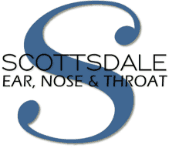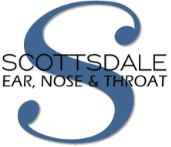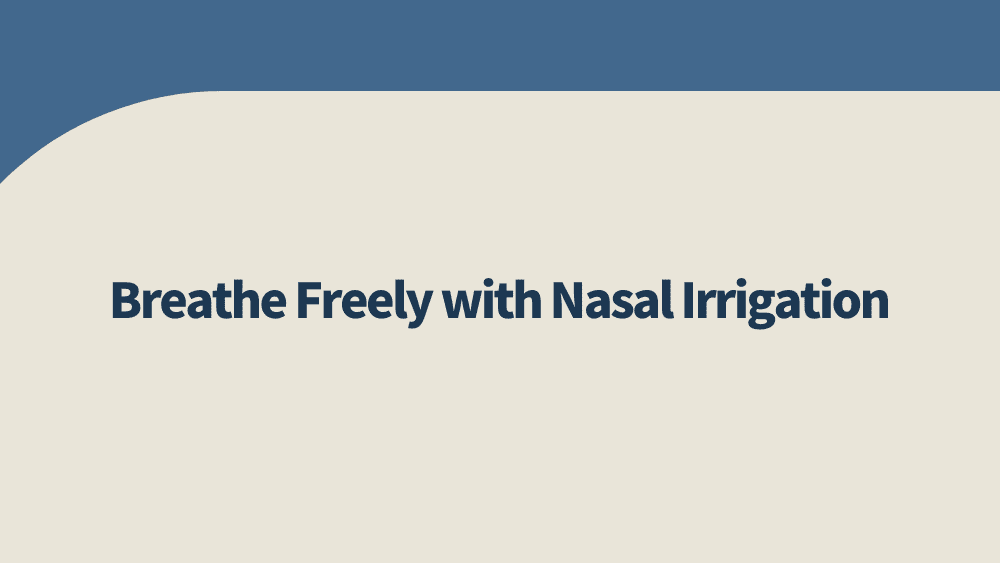When your nose is blocked, and your sinuses are stuffed, it’s a pretty uncomfortable feeling.
Where over the counter medication, such as Benadryl or Mucinex, are quick fixes, it doesn’t always get to the heart of the problem, which is why we’re full supporters of nasal irrigation, most notably the Neti Pot that uses saltwater to flush out the nasal congestion.
Best of all, this little miracle worker is very cheap, as most of it can be made at home.
So, if you’re currently suffering from the snuffles and need a simple technique that is guaranteed to help, then this is for you …
… Oh, and did we mention this is an ancient technique used by Indian Yogis?
Trust us, it works.
Here’s How it’s Done …
Purchase a glass, ceramic, or porcelain Neti Pot available at Sprouts or Who. This is preferred over plastic Neti Pots, syringes, or squeeze bottles because plastic containers can harbor bacteria.
MIX:
- 1⁄2 tsp salt
- Pinch of baking soda
- 2 cups warm, clean water
INSTRUCTIONS:
Choose the right location: You can use your Neti Pot over a sink or bowl, in the shower, or outside. (A trickle of water will be flowing out of your nose, so this isn’t something to do on the sofa.)
Have some Kleenex nearby, and for the first time, wear something that could stand a few drops of water.
After preparing the warm solution and adding it to the pot, lean over your bowl or sink, tilt the head sideways, so your face is horizontal, and insert the Neti Pot spout into the upper nostril.
Be sure the spout is fully inserted so water cannot leak out of that nostril.
Open your mouth and breathe through your mouth while you gently pour.
RELAX. After a few seconds, the water will begin to stream out of the lower nostril.
Use half of your solution in the first nostril. Save the remainder for the second.
In between nostrils, you can stand upright and GENTLY blow your nose to clear it.
If some water drains into your throat, it’s OK. Spit it out. Work on your technique and your head’s angle until the water remains flowing only in and out of the nasal passages.
After the flush: You can again GENTLY blow your nose to clear out all of the solution. Do not blow forcefully, or you can drive the solution up into the sinuses and ear canals.
This is not a serious problem, but it is not the intended result.
Rinse out your Neti Pot and put it somewhere it can air dry: You’re done!
How Often Should You Use a Neti Pot?
Most people develop a routine of flushing their sinuses morning and night. It can be done any time of the day – and may help before strenuous exercise, or after activities, like mowing the lawn, which can introduce more allergens into the body.
One tip is to do your evening rinse one hour before bed.
There may be some slight drainage of the solution, and it’s better to catch that fluid with a Kleenex than to have it drip into the throat after lying down.
What’s Next?
The words of wisdom listed in this blog should be enough to help you get started on making your own Neti Pot.
However, if you’d like a full demonstration on how to make one or if you’d like us to do the whole thing for you, you’re welcome to come along to our Allergy & Sinus Clinic, where you can be in and out before you can say “atchoo.”
We are currently following strict saftey protocols for all in-person appointments, and also have telemedicine appointments avaible should you wish to speak to one of our professionals from the comfort of your home.
Just call 680-484-1080 today or fill out the short contact form by clicking here.



